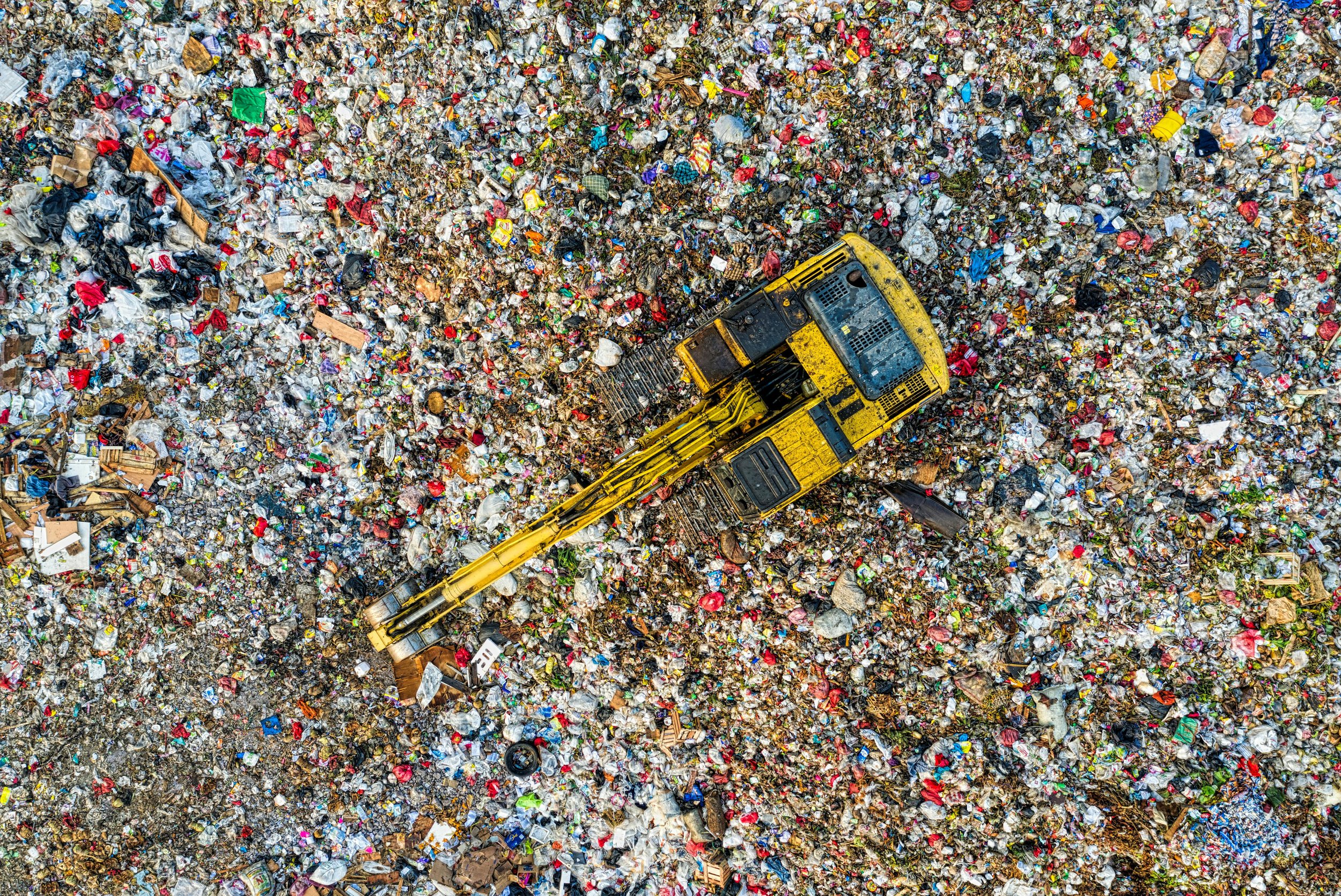Tell the Suffolk County Legislature to let the public vote on a Clean Water Ballot Referendum this November
Nitrogen pollution from sewage is responsible for massive fish kills, turtle die-offs, toxic algal blooms, and beach closings across Suffolk County. Long Island's clean waters create jobs and generate hundreds of millions of dollars every year for our regional economy. Nitrogen pollution is adversely impacting our environment, health, economy, and quality of life. The science is clear; the majority of the nitrogen pollution in our local waterways come from outdated sewer and septic systems. Upgrading our sewer and septic infrastructure is necessary to restore the health of Suffolk County’s waterways and protect our drinking water.
In May, Governor Hochul signed legislation allowing Suffolk County to hold a ballot referendum that will create a unified wastewater management district throughout the County. This would allow sales tax to be increased by 1/8 of one penny to create a reliable funding stream dedicated to protecting water resources by expanding and upgrading sewers and installing upgraded nitrogen-removing septic systems.
We need the Suffolk County Legislature to pass legislation that will let the public vote in support of clean water this November. Join us at the upcoming public hearing:
Date: Tuesday, June 4th
Time: Public Hearing at 2pm
Location: Suffolk County Legislature, William J. Lindsay County Complex, William H. Rogers Building, 725 Veterans Memorial Highway, Smithtown, NY
If you cannot attend the meeting, you can still make your voice heard. Email your Suffolk County Legislator today. Urge them to vote yes and let the public vote on clean water this November.
Background
Suffolk is 74% unsewered, with 360,000 homes relying on antiquated septic and cesspool technology to treat wastewater. The impacts of nitrogen pollution from inadequately treated sewage are appearing in virtually every bay, harbor, freshwater lake, and pond in the county.
The NYS Department of Environmental Conservation (DEC) cites algal blooms and nitrogen from sewage as the primary reasons many LI water bodies are impaired. The numerous fish and turtle die-offs in our estuaries over the last decade were found to be caused mainly by nitrogen pollution from sewage. Moreover, some toxic algal blooms constitute a serious threat to human health, such as blue-green algae in lakes and ponds. Long Island has the greatest frequency of blue-green algae in the entire state.
After years of study, Suffolk County released a plan which details the sources of nitrogen pollution entering all 191 subwatersheds in the county and provides a pathway to restoring our waterways to a healthy condition. The study found the primary cause of nitrogen pollution in our waterways to be sewage from antiquated sewers and septic systems. The Subwatersheds Plan provides a pathway to replace outdated cesspools and septic systems with advanced on-site systems and, where appropriate, improving and expanding sewer systems. The longer we wait to implement these changes, the more expensive and difficult our water quality problems will be to fix. In order to fully implement this plan, we will need a unified wastewater management district and dedicated funding stream to implement these clean water projects.
Thank you for taking action!
Sincerely,
All of us at CCE






